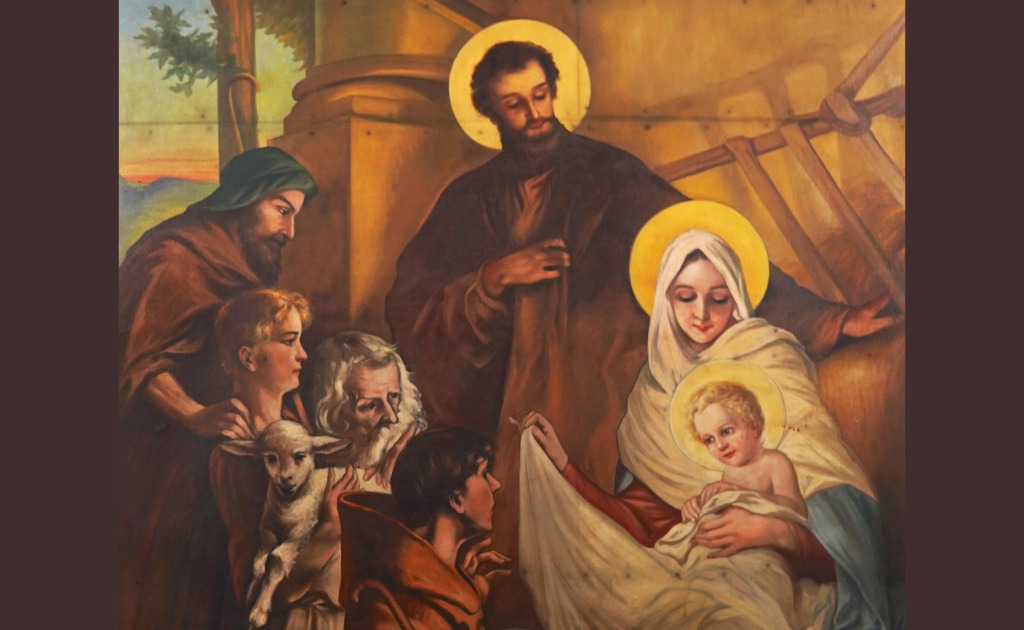On Sunday, Sept. 18, I celebrated Mass to mark the 125th anniversary of St. Elizabeth of Hungary Parish, Pocahontas, in the southwestern part of our diocese. At the celebration, I blessed the 10 life-sized murals painted by Theodore Brasch in 1919. Each 8×12-foot canvas depicts scenes from the life of Christ, e.g., the Last Supper, which covers the wall behind the altar. The artwork is beautiful and significant to this small church amid coal country. With the help of a $26,000 patrimony grant from the diocese, they were restored earlier this year. (For more information on the murals, visit https://bit.ly/336emJR).
In the late 1800s, as the Industrial Revolution was accelerating, the Southwest Virginian Improvement Company brought miners to work in the mines throughout that region. Many of the immigrants were Catholics from Hungary, and when the company made provision for them to have a place to pray and worship, it was natural that the parish be named in honor of St. Elizabeth who, due to her exemplary charity to the poor, is a much-revered figure and whose memorial we celebrate on Nov. 17.
While coal no longer drives the economy in that area, the faith of St. Elizabeth parishioners is an ongoing and enduring legacy of those early immigrants and their determination to practice their faith in this new land. Those paintings are a vivid expression of that faith. They are a reminder that art and architecture are among the many ways God speaks to us in conveying his grace. As a sacramental people, we know that God appeals to us and reaches us through touch, hearing, seeing, tasting and smelling.
This is why there is such a great legacy of artistic and architectural expression in our Church. As Catholics, we can view the art, reflect upon it and use it as a source of prayer. Within our churches, we can appreciate the beauty of their architecture, be inspired by what we touch and hear and, most importantly, nourished by the Eucharist we receive.
Having been built on the top of a hill, St. Elizabeth of Hungary Church reminded me in a very practical way that our Christian life is a process that leads us towards spiritual mountains where, in ascending the summit of holiness and grace, we encounter God. As difficult as this spiritual journey might be at times, once we reach the top of a mountain our perspective is much more inspiring, and we are able to see things better — to see them a little bit more as God sees them.
In the Constitution on the Sacred Liturgy, the bishops of the Second Vatican Council stated that sacred art has “the single aim of turning men’s minds devoutly toward God” (122). They also instructed that such works used in Catholic worship should “edify the faithful, and to foster their piety and their religious formation” (127).
Beautiful churches in Pocahontas and throughout our diocese provide the environments in which our minds — and hearts — are turned toward God. They help us in a vicarious way to encounter God and the events of the Scriptures so that we may experience the many ways he expresses himself. Be mindful of the architecture and art in our churches. They are among the many ways God reminds us of his presence in our midst.

